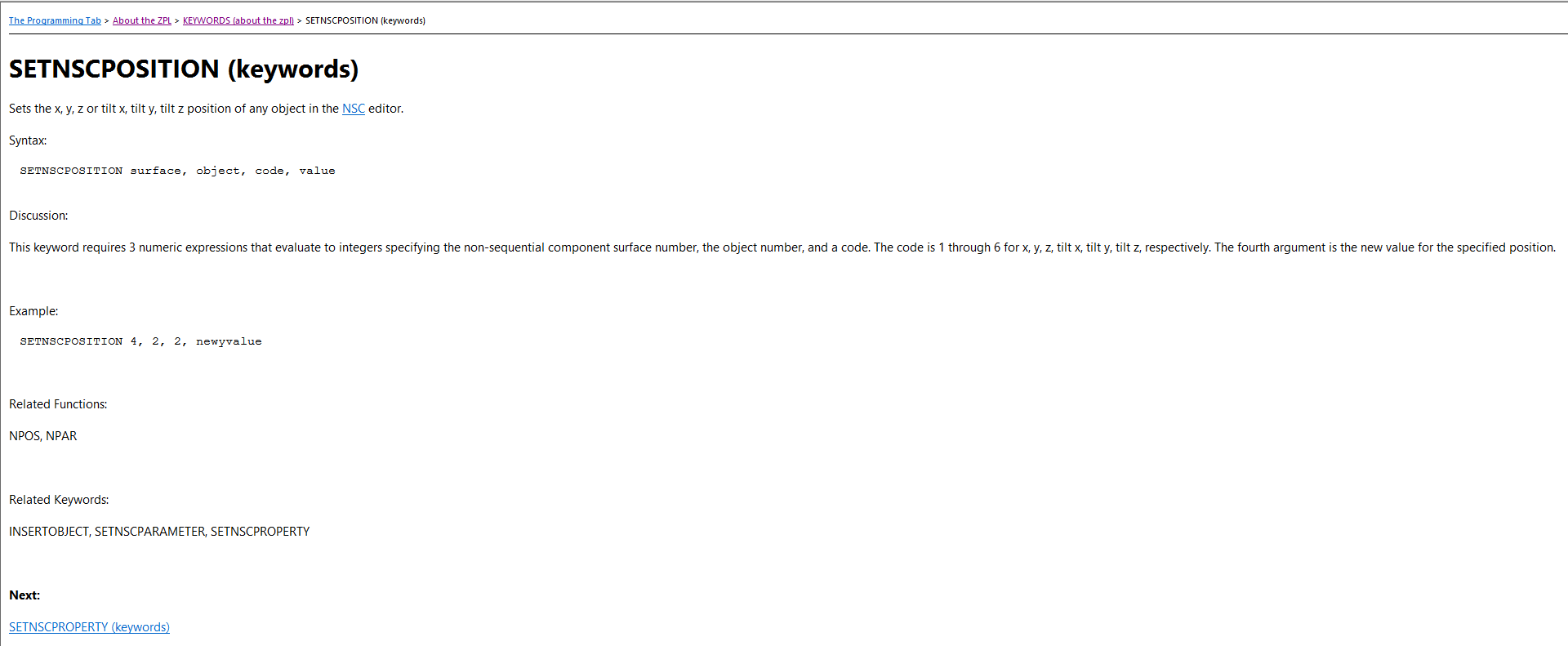I would like to analyze stray light in non-sequential mode over a range of focus travel. Scripting this seems necessary given the duration for ray tracing and the large number of focus positions needed. I’m sure this is a common task and I’m reaching out for any possible example scripts. The basic functions would be
- Run ray trace
- Save detector output (inverse gray scale, incoherent irradiance, log -10 as image file)
- Update Z position of object
- Repeat steps 1-3
Everything except step 2 seems straight forward, so I’m mainly looking for help with saving detector data.
My preference would be to work directly in ZPL, but can work via the API (Matlab preferred) .
Thanks in advance for any help,
John
Best answer by John.Hygelund
View original




